Lawn and Garden
-

Since only a small amount of water is available for human use, this publication was written to provide a broad-based discussion of how to protect our surface water resources.
Gary L. Hawkins and Daniel L. Thomas
|
-
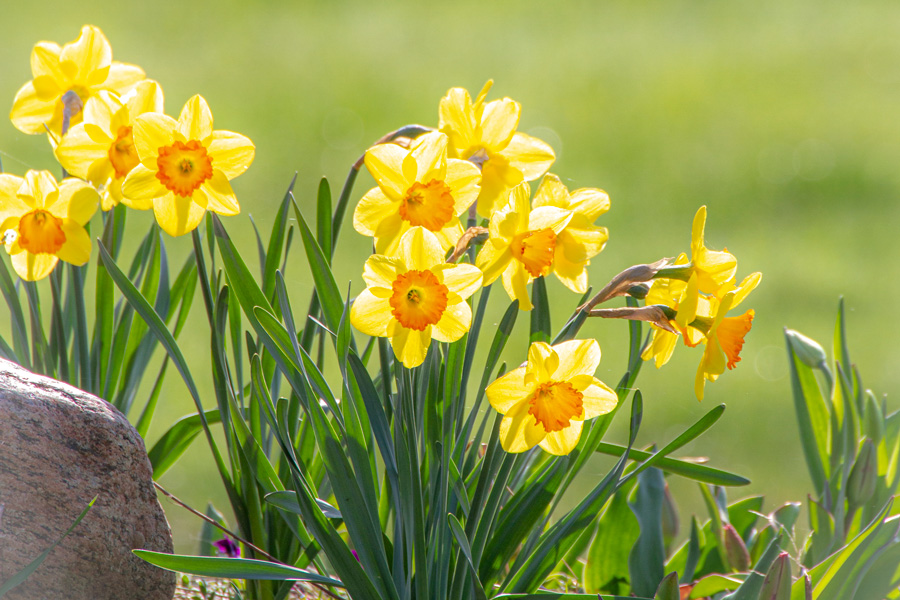
A wide variety of bulbs grow well in Georgia. Most are grown for their flowers and some for their foliage. They are grown as pot plants, in shrub borders, naturalistic plantings and in mass displays. Bulbs offer a certain magic to the landscape virtually unrivaled by other plants.
Paul A. Thomas and Bodie V. Pennisi
|
-
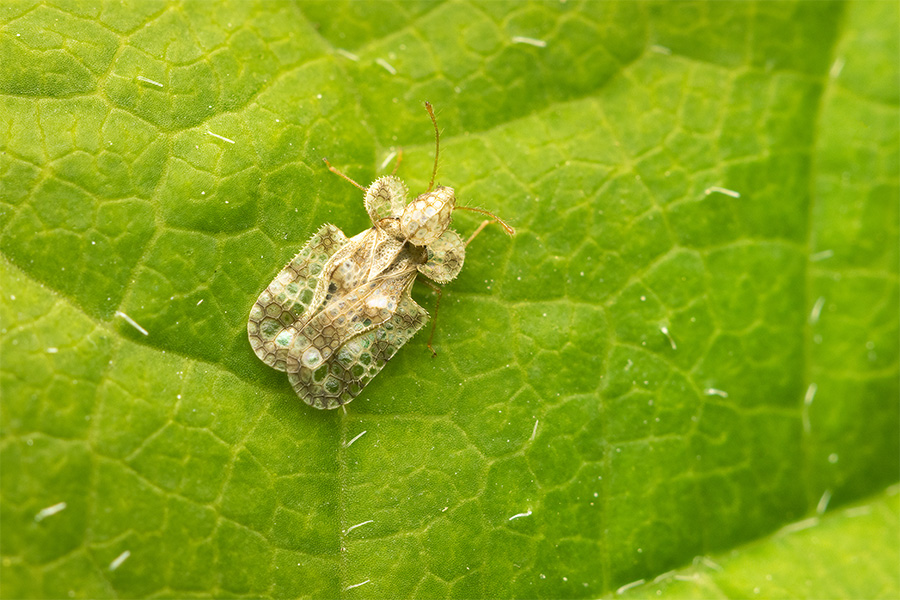
This resource covers lace bugs in landscapes, which can damage the foliage of trees and shrubs and detract from their beauty and, in severe cases, kill the plants.
S. Kris Braman
|
-
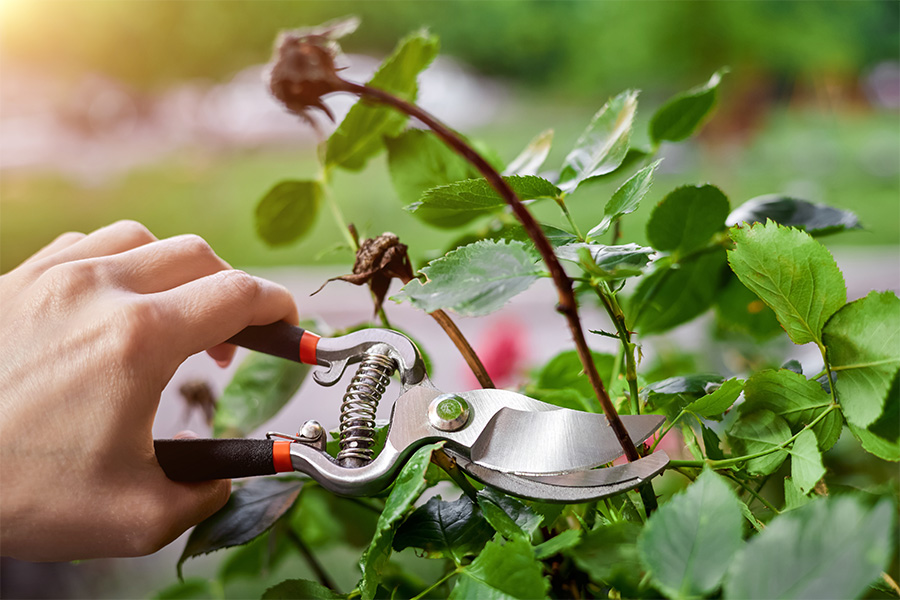
This resource provides guidelines for proper pruning that help you grow healthy vigorous plants and create lasting landscape beauty.
Bodie V. Pennisi
|
-
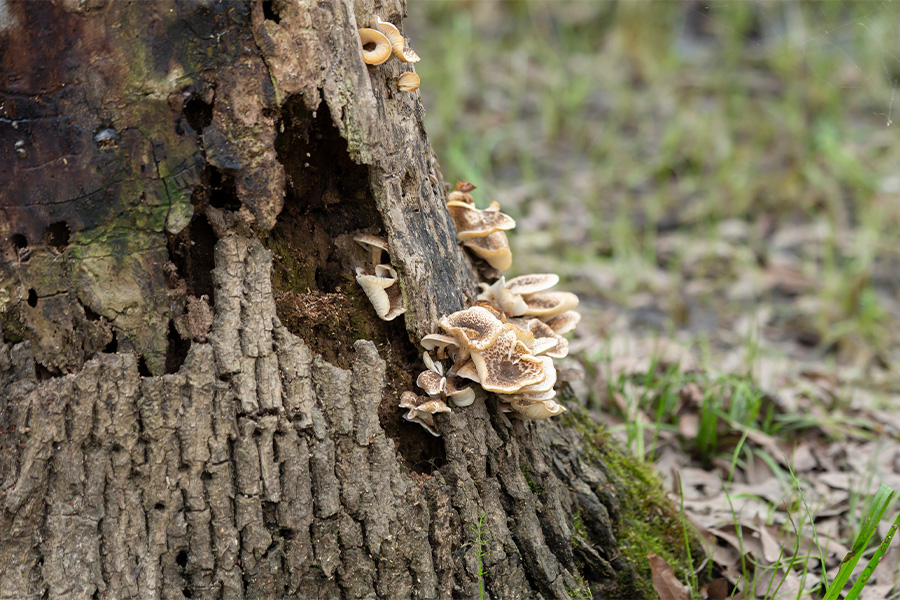
C 1100
Is My Tree Dying?
This publication outlines a tree inspection process that will help the homeowner identity potential problems and more effectively discuss the tree’s condition with an Extension agent or certified arborist. The inspection begins at the base of the tree and moves to the canopy, highlighting potential tree health problems.
Wade Hutcheson, Bodie V. Pennisi, Mary Carol Sheffield, and Ellen M. Bauske
|
-
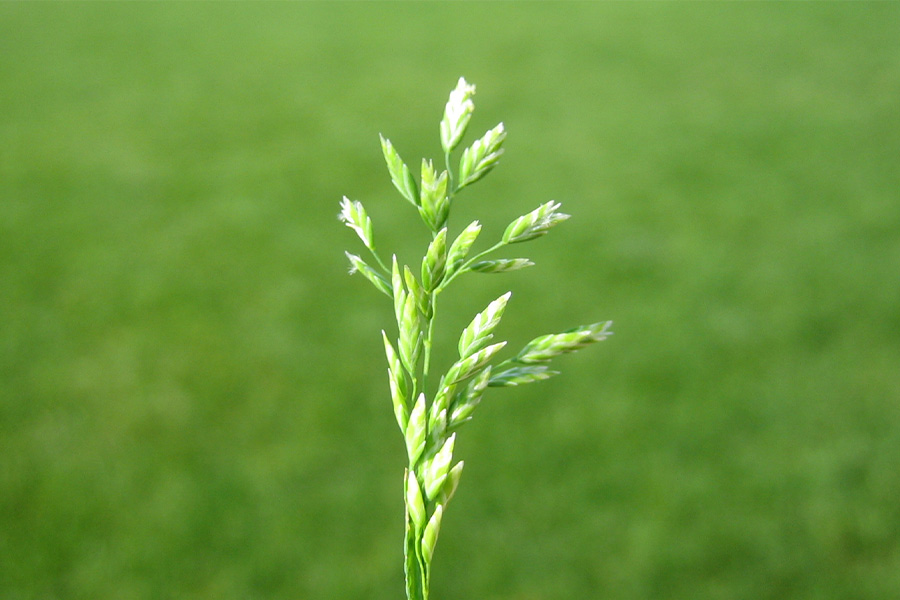
Annual bluegrass (Poa annua) is the most problematic winter weed of lawns in Georgia. Plants have a light green color, coarse leaf texture, and produce unsightly seedheads. Annual bluegrass germinates in fall, overwinters in a vegetative state, and resumes active growth in spring. Competitive growth of populations causes stand thinning of desirable turfgrasses that may predispose lawns to invasion by summer annual weeds, such as crabgrass (Digitaria spp.). Annual bluegrass typically dies out by May in Georgia, but cool temperatures in spring and regular irrigation may extend survival of populations into early summer.
Annual bluegrass is the most problematic winter weed of lawns in Georgia. Turf managers have experienced difficulty controlling annual bluegrass due to the spread of biotypes with resistance to pre- and post-emergence herbicides. This publication covers annual bluegrass identification, establishment, and cultural control for lawns. The development, detection, and control of herbicide-resistant annual bluegrass is also discussed.
Patrick E McCullough
|
-
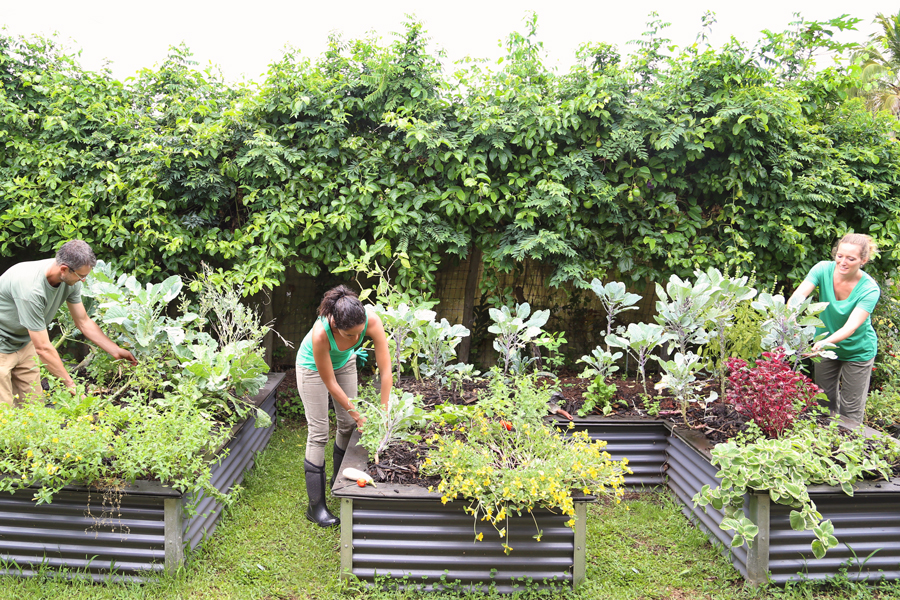
Summer management of the school garden can be a challenge for educators and school gardeners. This resource presents several possible strategies for handling the garden so that teachers and administrations come back to school in the fall with a garden ready for use.
Becky Griffin, James Morgan, and Erin Harper
|
-
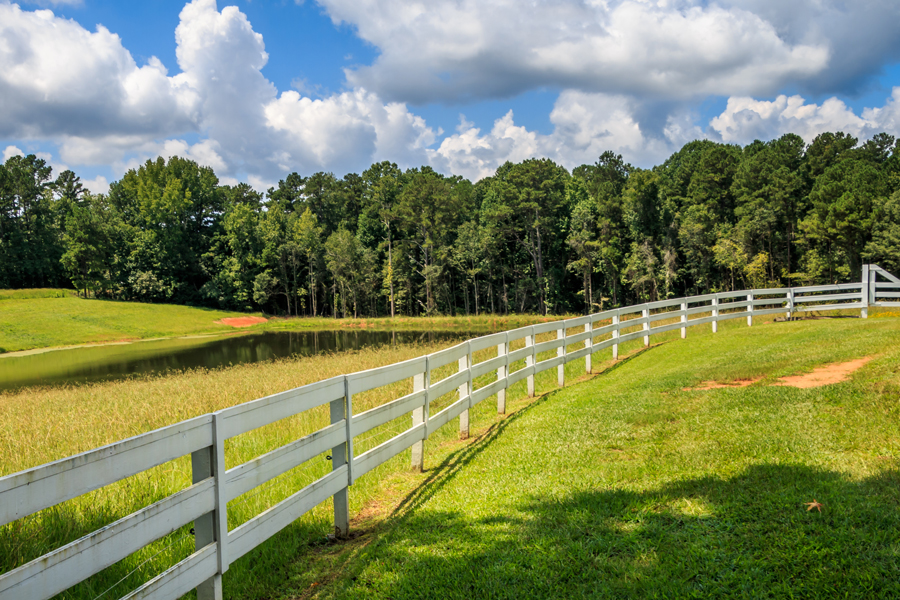
C 774
Fences for the Farm
Fences may be used to protect or divide property, to improve its appearance, to confine animals, or to exclude animals. This publication covers the planning for, type of, materials for, and maintenance of permanent and temporary fences.
John W. Worley
|
-
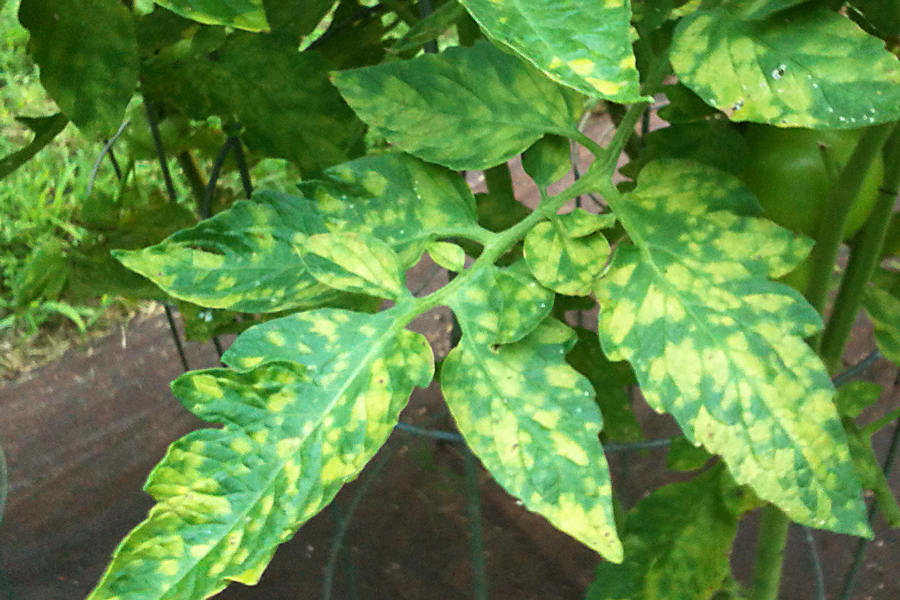
This publication contains information about common tomato diseases in Georgia. It includes photographs and descriptions of diseases such as buckeye rot and fusarium wilt.
Elizabeth L. Little and Bhabesh Dutta
|